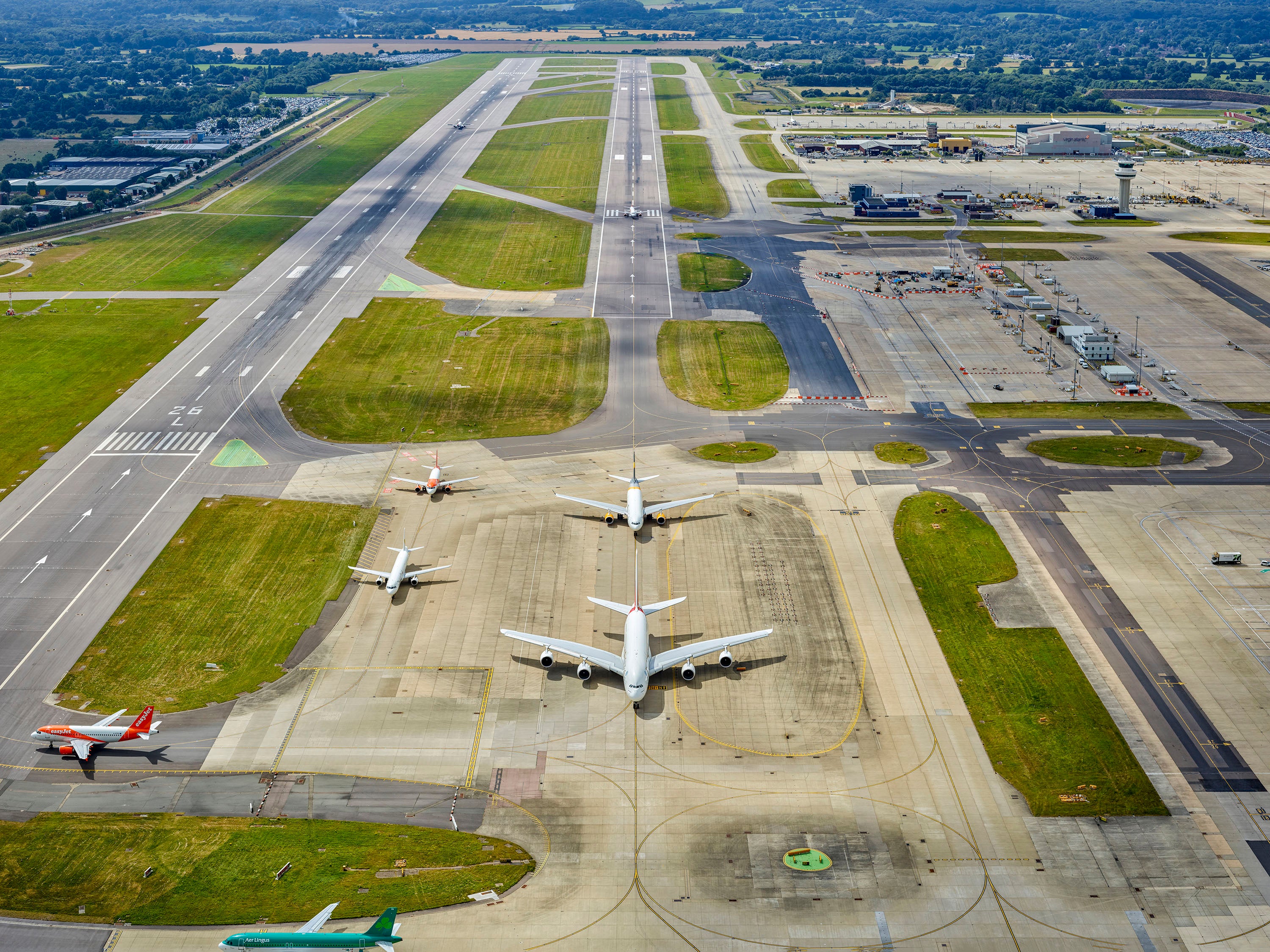Why a ‘go-around’ is nothing to fear on a flight
‘All crew are taught from the beginning of their flying training to go-around if they’re ever unhappy with the approach,’ says air traffic controller

Your support helps us to tell the story
From reproductive rights to climate change to Big Tech, The Independent is on the ground when the story is developing. Whether it's investigating the financials of Elon Musk's pro-Trump PAC or producing our latest documentary, 'The A Word', which shines a light on the American women fighting for reproductive rights, we know how important it is to parse out the facts from the messaging.
At such a critical moment in US history, we need reporters on the ground. Your donation allows us to keep sending journalists to speak to both sides of the story.
The Independent is trusted by Americans across the entire political spectrum. And unlike many other quality news outlets, we choose not to lock Americans out of our reporting and analysis with paywalls. We believe quality journalism should be available to everyone, paid for by those who can afford it.
Your support makes all the difference.“No matter what the reason is, a go-around happens because it is the safest course of action in that moment in time.” So writes an air-traffic controller in a blog aimed at reassuring passengers about the sometimes alarming moment when an aircraft that was about to land soars upwards at full power.
Kim Giles works for Nats as an approach controller for two of the UK’s five busiest airports, Luton and Stansted. She says: “You may have read or heard about when an aircraft has decided to abandon its approach, electing not to land and instead taking back off to either try again or to hold in airspace – this manoeuvre is known as a ‘go around’.
“Despite being a fairly regular occurrence in the world of aviation, an aircraft failing to land and trying again is always seen as something quite scary and dramatic when it’s spoken about in the media.
“Go-arounds, also known as missed approaches, can happen for a variety of reasons: the approach may be unstable, for example the aircraft is too high or too fast, or the runway might not be clear because the aircraft that has landed ahead hasn’t vacated the runway in time.
“Strong winds, often known as crosswinds, can also cause aircraft to go-around, especially if they’re blowing across the runway making it difficult to land in a straight and stable position.
“All crew are taught from the beginning of their flying training to go-around if they’re ever unhappy with the approach.”
Earlier this year, during Storm Eunice, hundreds of thousands of viewers watched Big Jet TV as aircraft attempted to land at Heathrow amid high winds.
Ms Giles, who tweets as @That_Girl_ATCO, spells out the increased workload for approach controllers.
“If multiple aircraft opt to go-around, if the weather conditions are bad for example, there can be quite a lot to do in a short amount of time.
“If the aircraft wants to make another approach straight away, I need to decide where in the sequence that aircraft can fit and take steps to make this new sequence work.
“This may sometimes require other aircraft being given longer routings or needing to be slowed down. If another controller is working alongside me because its already a busy period, then I also need to communicate this plan with them.
“The good news is that we train for these events and, because they happen fairly regularly, although there’s a lot to do, it is very rarely complicated or overly difficult!
“Pilots and air traffic controllers are highly trained individuals with safety always at the forefront of their minds, so even if you’ve never experienced a go-around as a passenger, rest assured it’s not out of the ordinary for us, and you’ll be back on the ground safely in no time.”
After the blog was published, Ms Giles tweeted: “Normalising go-arounds (and how they’re very much part and parcel of day-to-day flight) is a hill I’m willing to die on.”
Join our commenting forum
Join thought-provoking conversations, follow other Independent readers and see their replies
Comments